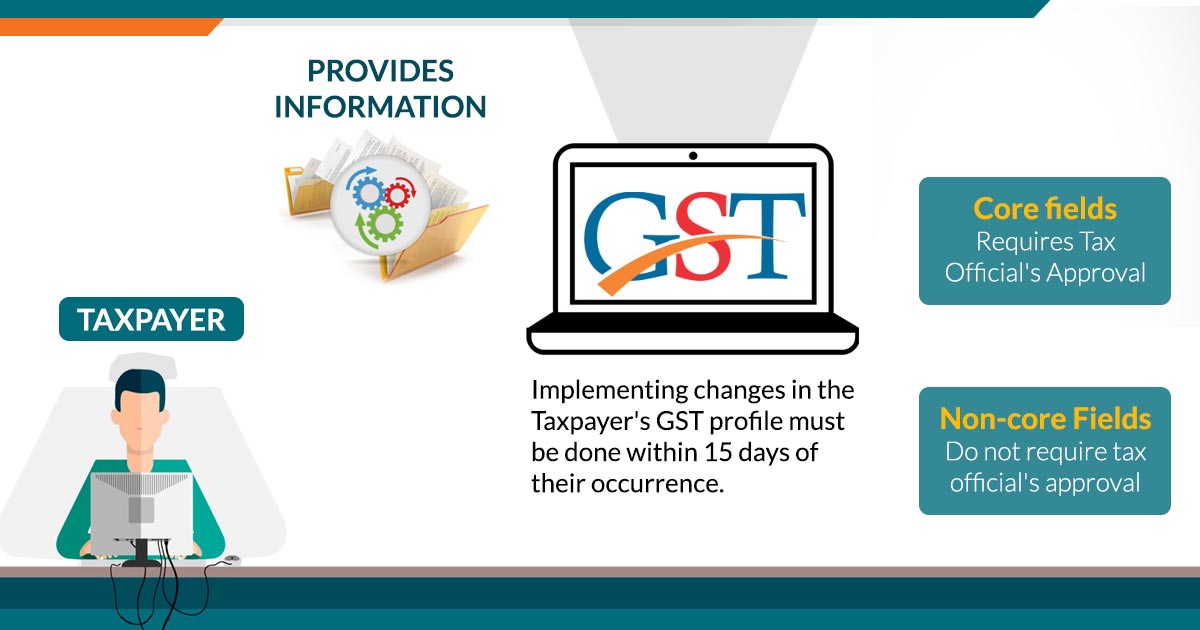From Start to Complete: The Ultimate Roadmap to GST Registration for Services Looking For Financial Security
Navigating the complexities of Item and Solutions Tax (GST) enrollment is a vital step for companies aiming for monetary stability. Damaging down the roadmap right into workable actions can simplify the registration journey for businesses looking to improve their financial standing.
Understanding GST Essentials
Diving into the basic principles of Item and Provider Tax Obligation (GST) is important for getting a detailed understanding of its implications on companies and the economy. Input Tax Credit Rating (ITC) is a considerable function of GST, allowing organizations to claim credit report for tax obligations paid on inputs, decreasing the total tax burden. Understanding the basics of GST is important for businesses to conform with tax obligation laws, handle their financial resources successfully, and contribute to the country's economic growth by participating in a clear tax obligation system.
Qualification Requirements for Enrollment
As of the present policies, the threshold restriction for GST enrollment is an annual accumulation turnover of 40 lakhs for organizations running within a state, except for unique group states where the limit is 20 lakhs. Additionally, certain services are required to register for GST regardless of their turn over, such as interstate providers, informal taxed persons, and companies accountable to pay tax under the reverse cost mechanism. It is essential for businesses to extensively analyze their turn over and purchase kinds to establish their GST registration commitments accurately.
Documents Needed for Enrollment
Having actually fulfilled the eligibility criteria for GST enrollment, services have to now ensure they have the requisite files in area to proceed with the registration process effectively. The papers required for GST enrollment generally consist of evidence of service constitution, such as partnership deed, registration certificate, or unification certificate for various kinds of companies. In addition, services need to offer records developing the principal place of organization, such as a rental contract or electricity costs.
Step-by-Step Registration Process
Starting the GST enrollment procedure includes a collection of organized steps to ensure a smooth and certified enrollment for services. The first step is to check out the GST site and fill in the registration form with precise information of business entity. Following this, the candidate obtains a Temporary Referral Number (TRN) which is made use of to return to the application process if it's not finished in one go.
Following, all called for papers based on the list given by the GST portal need to be uploaded. These files commonly consist of proof of company address, identity and registration proofs of promoters, economic declarations, and organization entity's have a peek here frying pan card.

Post-Registration Conformity Guidelines

Conclusion
In verdict, businesses seeking financial security must understand the basics of GST, satisfy eligibility criteria, gather required files, adhere to the step-by-step enrollment process, and follow post-registration guidelines - Best GST registration services in Singapore. By adhering to these actions, services can ensure conformity with tax obligation guidelines and maintain economic stability in the future
Additionally, particular services are required to sign up for GST irrespective of their turn over, such as interstate vendors, casual taxed persons, and organizations accountable to pay tax under the reverse cost system.Having satisfied the qualification standards for GST enrollment, companies must now ensure they have the requisite files in place to continue with the enrollment process effectively. The files required for GST registration normally consist of evidence of service constitution, such as partnership act, enrollment certificate, or unification certificate for different kinds of companies. Additionally, services require to offer records developing the primary location of organization, such as a rental agreement or power bill.Beginning the GST enrollment procedure involves a collection of structured steps to make certain a certified and seamless enrollment for services.